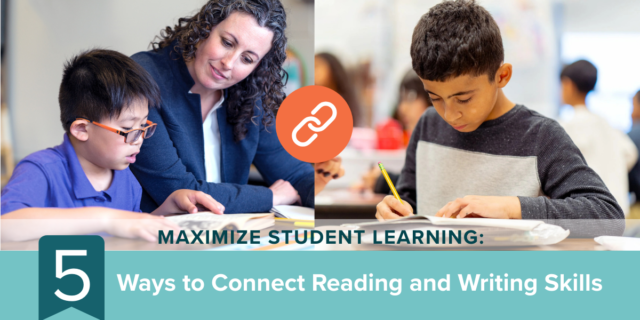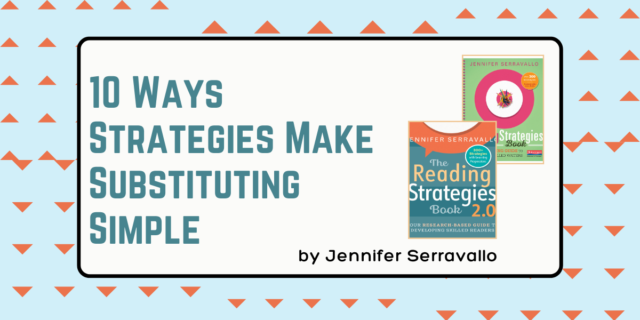
Engagement strategies that help readers and writers find their classroom footing again can help. Here are a few reading- and writing-based strategies to try. Use them in whole class-minilessons, small groups, and conferences to teach responsively as needs arise:
Welcome back to school! After what we’ve all been through over the past year and a half, even a return to a familiar all-in-person classroom likely feels a little different.
This year, your students’ academic needs may be more varied than in years past, and you will likely also need to plan to respond to their social-emotional needs with even more intention and care. Some children may need support reacclimating to regular physical classrooms from virtual or hybrid ones. Those who have spent most of their days on screens for so many months may need to be reintroduced to books and paper. You hopefully got the rest you needed over the summer, but if not, you may be dipping into your own energy stores. And amidst all of this come cries from many quarters to dramatically ramp up students’ academic progress. It’s a plateful of expectations, and in this monthly series, we’ll look at how Jennifer Serravallo’s streamlined instructional vision can help make the academic aspects a little simpler while tapping children’s amazing resilience to grow.
In a wide-ranging metastudy, world-renowned education researcher John Hattie found that the skill and expertise of a student’s teacher had the most impact on their progress—that a teacher’s responsiveness to individual students’ needs and a teacher’s belief that a student is capable of growth makes some of the biggest differences. And so, when starting this unique school year, spend time getting to know students as people as you get to know them as readers and writers, build community, and help students re-engage with reading and writing.
Engagement strategies that help readers and writers find their classroom footing again can help. Here are a few reading- and writing-based strategies to try. Use them in whole class-minilessons, small groups, and conferences to teach responsively as needs arise:
- Think about places where you’ve gotten your best writing done. Imagine what that space looked like. Jot notes or sketch to describe the qualities of that space. Try to create a space for yourself with those same qualities in school and at home. (The Writing Strategies Book, page 62)
- Be aware of a voice in your head that keeps you from starting (or continuing) your writing. Write without stopping the pencil or pen. When you hear the voice urging you to stop, silence it. Redirect your energy back to the page. (The Writing Strategies Book, page 71)
- Creating a picture in your mind that shifts and changes is essential to staying focused. Try to experience all the author is describing by using all of your senses. Read a little, then pause. Think “What do I see? Hear? Feel? Taste? Smell? (The Reading Strategies Book 2.0)
- Part of being an engaged reader is feeling like you’re really “getting it.” Read a bit. Notice if your mind was wandering or if you could picture what the author was describing and retell what you read. If you felt like you aren’t getting it, you may want to try an easier text, or adjust your pace. (The Reading Strategies Book 2.0)
As your classroom grows into a safe community in which all members of the community value and are engaged in their writing and reading with the support of strategies, you’ll be able to begin your assessments, match students with goals, and find additional strategies to support them as they work toward those goals.
You know the importance the first weeks of school play in setting the tone for the entire year. This year it may prove more important than ever. Students will not only rebound but grow if you meet them where they are with strategy-based instruction.


